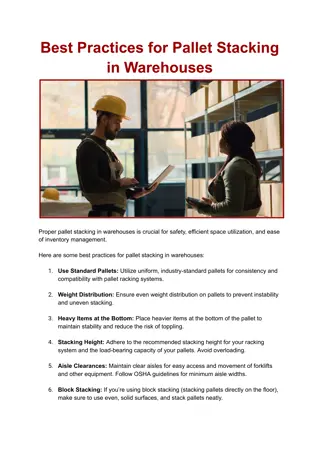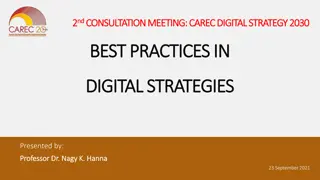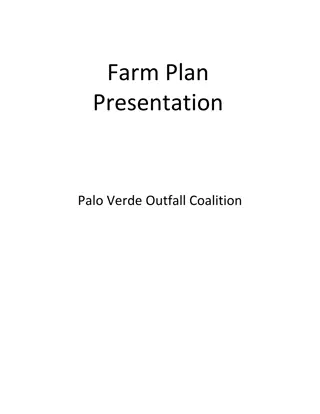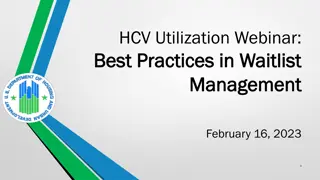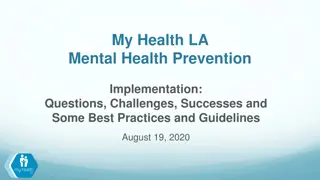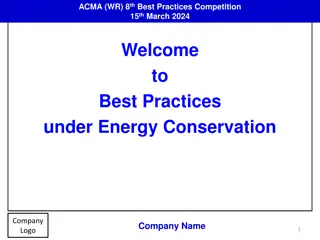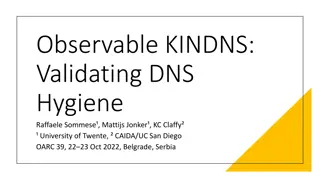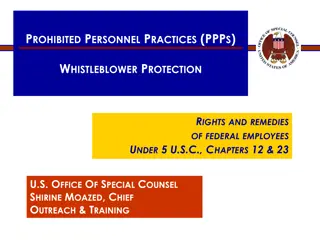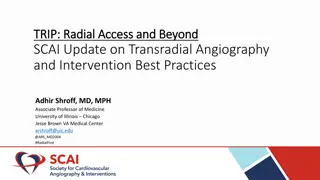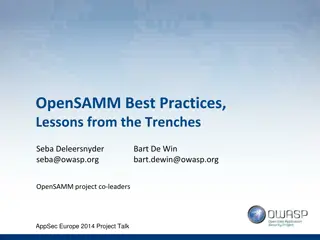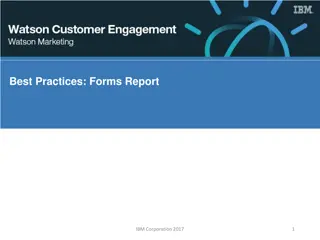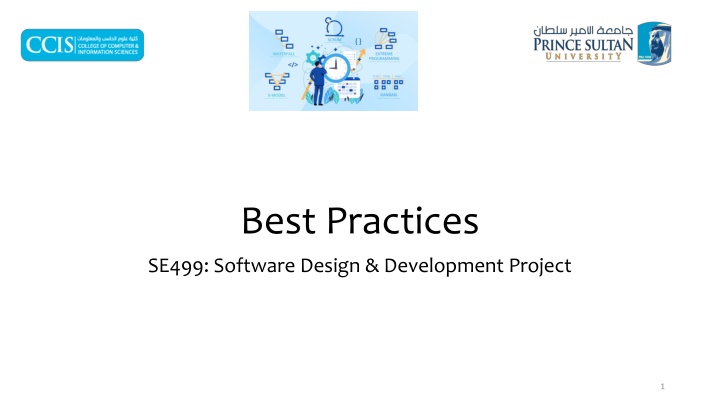
Clear Project Scope Statement for HealthyLife App
"Learn how to define a clear project scope statement for the HealthyLife mobile app project, including goals, deliverables, stakeholders, and scope change process."
Download Presentation

Please find below an Image/Link to download the presentation.
The content on the website is provided AS IS for your information and personal use only. It may not be sold, licensed, or shared on other websites without obtaining consent from the author. If you encounter any issues during the download, it is possible that the publisher has removed the file from their server.
You are allowed to download the files provided on this website for personal or commercial use, subject to the condition that they are used lawfully. All files are the property of their respective owners.
The content on the website is provided AS IS for your information and personal use only. It may not be sold, licensed, or shared on other websites without obtaining consent from the author.
E N D
Presentation Transcript
Best Practices SE499: Software Design & Development Project 1
Define a clear and concise project scope statement Clearly define the project's goals, deliverables, and timelines. Identify stakeholders, their needs, and their roles in the project. Establish a process for scope changes and ensure that all stakeholders are aware of it. 2
Example Project Title: HealthyLife - A Mobile App for Healthy Living Project Scope Statement: The HealthyLife mobile app is designed to help users maintain a healthy lifestyle by tracking their diet, exercise, and providing well-calculated healthy recipes. The app will be developed for both Android and iOS platforms. 3
Example Goals: Develop a user-friendly and intuitive mobile app that allows users to track their daily calorie intake and burn. Provide a database of healthy recipes with detailed nutritional information and step-by-step instructions. Offer a meal planning feature that suggests healthy meals based on user preferences and dietary restrictions. Incorporate a fitness tracker that records user exercise and provides personalized recommendations. Enable users to set and track their health goals, such as weight loss or muscle gain. Provide a social feature that allows users to share their progress and connect with like-minded individuals. 4
Example Deliverables: A fully functional mobile app for healthy meals, calories watch, fitness, and well- calculated healthy recipes. A user manual and documentation for the app's features and functionality. A presentation and demonstration of the app's key features. 5
Example Stakeholders: Project manager: responsible for overseeing the project's progress, ensuring timely delivery, and managing resources. Software development team: responsible for designing, developing, and testing the app. Quality assurance team: responsible for testing and debugging the app. End-users: responsible for providing feedback and validation of the app's features and usability. Project sponsor: responsible for providing funding and resources for the project. 6
Example Process for scope changes: Any scope changes must be approved by the project manager and documented in the project's change log. The change log must include the reason for the change, the impact on the project's timeline and resources, and the new requirements or features. The project manager will communicate any scope changes to the software development team, quality assurance team, and end-users. The project manager will ensure that the project's goals and deliverables remain aligned with the scope changes. 7
Understanding the Real-World Impact Our project addresses a critical issue in the [industry/field] The problem we're solving affects [number] of people/businesses/organizations Our solution has the potential to improve [aspect of society/environment/economy] 8
Understanding the Real-World Impact Our project addresses a critical issue in the healthcare industry. The problem we're solving affects # people who are diagnosed with diabetes every year. Our solution has the potential to improve the quality of life for people living with diabetes by providing them with a more efficient and personalized way to manage their condition. By streamlining the process of tracking and managing diabetes, our solution can help reduce the economic burden of the disease on the healthcare system. 9
Connecting Our Project to Real-World Challenges "Our project addresses a specific challenge in the [industry/field] This challenge is a major concern for [stakeholders/businesses/organizations] Our solution could potentially disrupt/improve the way [industry/field] operates Our project aligns with the goals of [related initiatives/policies/regulations] 10
Potential Impact Our solution has the potential to [positive impact on society/environment/economy] This impact could be felt by [number] of people/businesses/organizations Our project could contribute to [larger social/environmental/economic goal] The potential benefits of our project are [specific benefits, e.g. cost savings, increased efficiency, improved health outcomes] 11
What Sets Our Project Apart "Our project is unique because it [briefly describe the project's unique features or approach] This approach/feature set us apart from other projects in the industry Our project's uniqueness provides a competitive advantage in the market 12
The Value We Bring Our project offers [describe the specific benefits or value that the project provides] These benefits/value are not currently available in the market Our project's added value sets us apart from the competition 13
Our Competitive Edge Our project's unique approach/features give us a competitive advantage in the market Our project offers [describe the specific benefits or value that the project provides] This sets us apart from the competition and provides a strong selling point 14
Capitalizing on a Growing Market The market for [specific industry/service] is growing rapidly Our project is well-positioned to capitalize on this growth Our unique approach/features make us an attractive option for customers 15
Use design patterns and principles Use design patterns to solve common software design problems. Design Patterns: A Solution to Common Software Design Problems Examples of design patterns (e.g. Singleton, Factory, Observer) Benefits of using design patterns (e.g. improves code maintainability, scalability, and extensibility) 16
SOLID Principles Apply principles such as SOLID (Single Responsibility, Open/Closed, Liskov Substitution, Interface Segregation, and Dependency Inversion) to ensure that code is maintainable, scalable, and extensible. 17
DRY (Don't Repeat Yourself) DRY is a principle that emphasizes the importance of avoiding duplication in software systems. It encourages developers to create reusable code and to avoid repeating the same code or functionality in multiple places. Duplication can lead to maintenance nightmares, bugs, and inconsistencies. 18
DRY (Don't Repeat Yourself) DRY can be applied in various ways, such as: Functional programming: Write functions that perform a single task and can be reused in different parts of the codebase. Modular design: Break down the codebase into smaller, independent modules that can be reused and combined in different ways. Object-oriented programming: Use inheritance and polymorphism to create reusable classes and objects. Utility classes: Create classes or modules that provide a set of related functions or utilities that can be used across the codebase. 19
Write clean, modular, and maintainable code Use modular design to break down code into smaller, independent components. Write clean, readable, and maintainable code that adheres to coding standards and best practices. Use version control systems to track changes and collaborate with team members. 20
Test early and often Develop a comprehensive testing strategy that includes unit, integration, system, and acceptance testing. Use automated testing tools to ensure that tests are run repeatedly and consistently. Use testing frameworks to write and run tests efficiently. 21
Use continuous integration and delivery Use a CI/CD pipeline to automate the build, test, and deployment process. Ensure that code changes are automatically built, tested, and deployed to production. Use continuous monitoring and feedback to improve the quality and reliability of the software. 22
Document the project Create comprehensive documentation that includes project scope, requirements, design, testing, and deployment. Ensure that documentation is up-to-date and accessible to all stakeholders 23
The Importance of Documentation Why documentation matters and how it can help your project succeed Ensures that all stakeholders are on the same page Provides a reference for future development and maintenance Helps to identify and mitigate risks Supports communication and collaboration among team members Facilitates knowledge transfer and training 24
Best Practices for Documentation Use simple language and avoid technical jargon Organize documentation into clear and logical sections Use headings, subheadings, and bullet points to make information easy to scan Include examples and diagrams to illustrate complex concepts Use active voice and avoid passive voice Keep documentation up-to-date and review regularly Use version control to track changes and collaborate with team members 25
Documentation Documentation is an essential part of software development projects Clear, concise, and comprehensive documentation helps to ensure project success Following best practices for documentation can improve communication, collaboration, and productivity Investing time and effort in documentation pays off in the long run Remember, documentation is not just a requirement, it's an opportunity to create a better project. 26
Use security best practices Use security best practices such as secure coding practices, secure communication protocols, and secure data storage. Ensure that all sensitive data is encrypted and access is restricted to authorized personnel. 27


